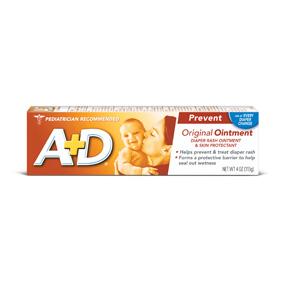

Skin swabs may be useful to confirm Candida albicans or bacterial infection.Generally, no investigations are required.Purpura, fever, diarrhoea or hepatosplenomegaly may be present A scaly, papular eruption on the scalp or trunk may appear. Langerhans cell histiocytosis: a chronic inguinal or anogenital rash with brownish/red scale and petechiae, which is often erosive and unresponsive to treatment.Look for perioral, perinasal and hand/foot dermatitis, alopecia, diarrhoea and failure to thrive Zinc deficiency: sharply defined red, often extensive, anogenital rash.There may be a progressive intractable napkin rash contributed by the diarrhoea and secondary nutritional deficiencies Malabsorption: from any cause (eg lactose overload, cow’s milk protein intolerance, cystic fibrosis, inflammatory bowel disease) can present with diarrhoea, erosive dermatitis and poor growth.Nutritional deficiency and malabsorption.Seborrhoeic dermatitis: non-itchy salmon pink patches sometimes with greasy scale on top, found on scalp (cradle cap), face, body and skin folds.Psoriasis: sharply demarcated, non-scaly, bright erythematous plaques.Viral eg hand foot and mouth, herpes simplex virus, other.

Can present with itch, painful defecation and/or constipation Perianal streptococcal cellulitis: localised well-demarcated erythema around the anus with fissuring and macerated skin.Candida: erythema in skin folds with satellite pustules.More than one condition may occur together Weight, length and head circumference and plot over timeĭifferential diagnosis Consider other causes when nappy rash presentation is severe, unusual in appearance or not responding to appropriate treatment.Skin: whole body including scalp for other areas of rash.Vegan/vegetarian diet in Mother during third trimester (zinc deficiency).Review of growth, feeding, solid intake and stool output.Frequency of nappy changes and type of nappies used.Cloth nappies can contribute as they are not as absorbent as disposable nappies.Pre-existing skin conditions such as eczema.Additional irritants include soap residue, chemicals, fragrance, plant or food (eg vegetable, nut oil) products present in some nappy wipes, powders, barrier creams and moisturisers.Moist overhydrated skin due to water in urine and stool (and frequency the nappy is changed).Rash can be painful and cause infants to be unsettledįactors which contribute to contact dermatitis:.Widespread red rash sparing the groin folds, with associated scaling, swelling, spotty areas and ulcers from broken skin.Commonly an irritant contact dermatitis.If nappy rash doesn’t heal with simple treatment measures, other causes must be consideredīackground Nappy rash impacts more than half of infants by twelve months, and is a term used to describe a group of skin conditions affecting the skin covered by nappies.Effective treatment of nappy rash involves minimising skin contact with irritants and creating a barrier while skin heals.Vulval and vaginal conditions Eczema Key points


 0 kommentar(er)
0 kommentar(er)
